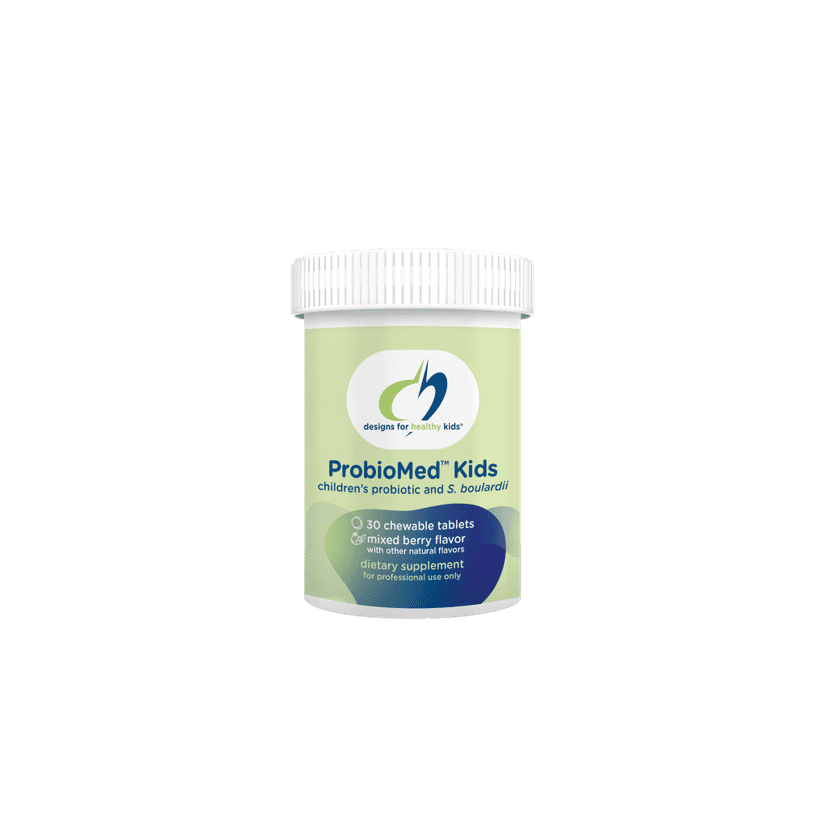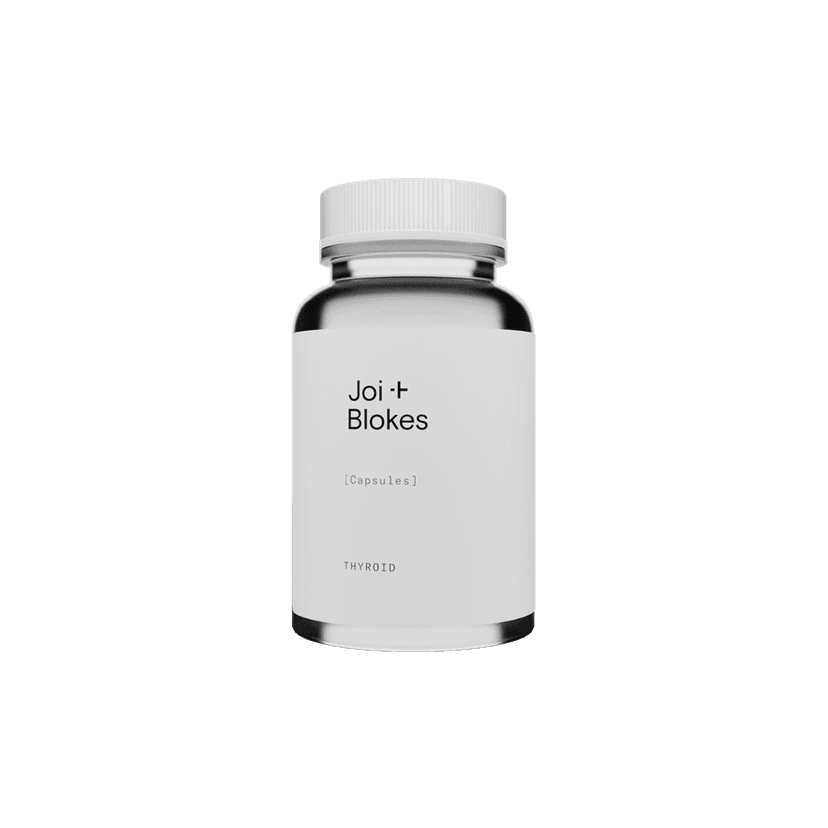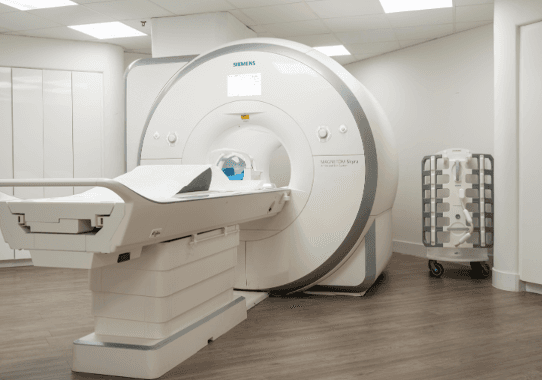Advanced Glycation End Products (AGEs) are harmful molecules that form when sugars attach to proteins and fats in the body. These molecules can build up over time, especially as we age, and can cause various health problems. AGEs are linked to aging and diseases like diabetes, heart issues, and brain disorders. Understanding how AGEs form and affect our bodies can help us find ways to reduce their harmful effects.
Key Takeaways
- AGEs are harmful molecules that form when sugars attach to proteins and fats.
- These molecules build up in the body over time and are linked to aging and several diseases.
- AGEs can come from both inside the body and from external sources like food and smoking.
- Reducing AGEs can involve changes in diet, lifestyle, and using certain medications.
- Research is ongoing to find better ways to detect and reduce AGEs to improve health.
Formation and Accumulation of Advanced Glycation End Products
Nonenzymatic Glycation Process
Advanced glycation end products (AGEs) are formed through a nonenzymatic process where sugars react with proteins, lipids, or nucleic acids. This reaction starts with the carbonyl group of a sugar binding to a free amine group, leading to the formation of early glycation products. Over time, these products undergo further reactions, resulting in the formation of AGEs. This process is irreversible and contributes to aging and various diseases.
Endogenous and Exogenous Sources
AGEs can be formed inside the body (endogenously) or come from outside sources (exogenously). Endogenous formation happens naturally as we age, especially in conditions with high blood sugar levels. Exogenous sources include certain foods, especially those cooked at high temperatures, like grilled or fried items. Smoking is another significant external source of AGEs.
Factors Influencing AGE Accumulation
Several factors can influence the buildup of AGEs in the body:
- Diet: High-sugar diets and foods cooked at high temperatures can increase AGE levels.
- Health Conditions: Conditions like diabetes can speed up AGE formation due to higher blood sugar levels.
- Lifestyle Choices: Smoking and lack of physical activity can also contribute to higher AGE accumulation.
Understanding how AGEs form and accumulate helps in finding ways to reduce their impact on health and aging.
Impact of AGEs on Cellular Function
Oxidative Stress and Inflammation
AGEs can lead to oxidative stress by producing reactive oxygen species (ROS) and reactive nitrogen species (RNS). This oxidative stress can cause inflammation, which further damages cells and tissues. The combination of oxidative stress and inflammation is a key factor in cellular aging and dysfunction.
Protein and Lipid Modification
AGEs can modify proteins and lipids in an irreversible way. This modification can disrupt the normal function of these molecules, leading to cellular dysfunction. For example, AGEs can cross-link proteins in the extracellular matrix (ECM), affecting tissue structure and function.
Induction of Apoptosis
The accumulation of AGEs can trigger apoptosis, or programmed cell death. This process is a natural part of aging but can be accelerated by the presence of AGEs. The result is the loss of cells and tissue function, contributing to aging and age-related diseases.
The harmful potential of AGEs makes it crucial to understand their role in health and disease, especially in the context of aging. Maintaining cellular homeostasis and biomolecular stability is essential for longevity.
AGEs and Aging-Related Diseases
Diabetes and Metabolic Disorders
AGEs play a significant role in the development of diabetes and other metabolic disorders. They interfere with insulin signaling, leading to insulin resistance and higher blood sugar levels. This can result in complications such as diabetic neuropathy, retinopathy, and nephropathy.
Cardiovascular Complications
The accumulation of AGEs in blood vessels can cause stiffness and reduced elasticity, contributing to hypertension and atherosclerosis. These changes increase the risk of heart attacks and strokes. AGEs also promote inflammation and oxidative stress, further damaging cardiovascular tissues.
Neurodegenerative Diseases
AGEs are implicated in the progression of neurodegenerative diseases like Alzheimer's and Parkinson's. They can disrupt normal brain function by modifying proteins and lipids, leading to the formation of toxic aggregates. This results in neuronal damage and cognitive decline.
The interaction between AGEs and their receptors (RAGE) is a key factor in the pathogenesis of many aging-related diseases. Targeting this pathway could offer new therapeutic strategies.
Dietary and Lifestyle Influences on AGE Levels
Dietary Sources of AGEs
AGEs can be found in many foods, especially those that are processed or cooked at high temperatures. Foods like grilled meats, fried foods, and baked goods are particularly high in AGEs. Reducing the intake of these foods can help lower AGE levels in the body. Opting for cooking methods like boiling, steaming, or poaching can also reduce AGE formation.
Impact of Smoking and Alcohol
Smoking and alcohol consumption can significantly increase AGE levels. Smoking introduces reactive chemicals that promote AGE formation, while alcohol can interfere with the body's ability to break down AGEs. Quitting smoking and moderating alcohol intake are effective strategies to reduce AGE accumulation.
Physical Activity and AGE Reduction
An inactive lifestyle can lead to higher AGE levels. Regular exercise, on the other hand, has been shown to reduce AGEs in the body. For instance, a study found that middle-aged women who increased their daily steps experienced a reduction in AGE levels. Incorporating physical activity into daily routines is a practical way to manage AGE levels.
Limiting or avoiding dietary AGEs has been shown to reduce levels of inflammation and oxidative stress, thus lowering the risk of chronic disease.
Therapeutic Approaches to Mitigate AGE Effects
Pharmacological Interventions
Pharmacological strategies aim to reduce the formation and accumulation of AGEs in the body. Medications like aminoguanidine and ALT-711 have shown promise in breaking down existing AGEs and preventing new ones from forming. These drugs work by targeting the chemical pathways that lead to AGE production.
Dietary Modifications
Adjusting one's diet can significantly impact AGE levels. Reducing the intake of foods high in AGEs, such as fried or grilled meats, can help. Instead, opt for cooking methods like boiling or steaming. Additionally, incorporating more fruits, vegetables, and whole grains can be beneficial.
Antioxidant Strategies
Antioxidants play a crucial role in combating the oxidative stress caused by AGEs. Vitamins C and E, along with natural compounds like flavonoids, can help neutralize free radicals. This, in turn, reduces the damage AGEs can cause to cells and tissues.
By combining these therapeutic approaches, individuals can effectively manage and reduce the harmful effects of AGEs on their health.
Role of AGEs in the Gut Microbiome
Interaction with Gut Bacteria
Advanced Glycation End Products (AGEs) can significantly alter the gut microbiota composition. Dietary AGEs have been shown to reduce beneficial bacteria like Lactobacillus and Prevotella while increasing harmful ones such as Parabacteroides and Ruminococcus. This shift can lead to a loss of microbial diversity and increased intestinal permeability.
Impact on Gut Health
AGEs can damage the gut barrier, making it more permeable. This allows harmful substances to pass into the bloodstream, causing inflammation and other health issues. Elevated AGEs can also stimulate the release of proinflammatory cytokines, which further harm the gut lining.
Potential for Therapeutic Targeting
There is growing interest in developing treatments that target AGEs to improve gut health. These include AGE inhibitors and AGE breakers, which can reduce the harmful effects of AGEs. Additionally, gut-microbiota-derived enzymes may help break down AGEs, offering another potential therapeutic approach.
The interaction between AGEs and the gut microbiome is a promising area for future research, with potential implications for treating various diseases.
Research Advances and Future Directions
Recent studies have shed light on the complex role of AGEs in various diseases. New research has linked AGEs to the progression of neurodegenerative diseases like Parkinson's and Alzheimer's. This connection opens up potential avenues for targeted therapies.
Advancements in technology have significantly improved the detection and measurement of AGEs. Modern techniques, such as mass spectrometry and advanced imaging, allow for more precise and accurate quantification of AGEs in biological samples. These innovations are crucial for better understanding the role of AGEs in health and disease.
There are several promising areas for future research on AGEs:
- Investigating the role of AGEs in the gut microbiome and its impact on overall health.
- Exploring the potential for dietary interventions to reduce AGE levels in the body.
- Developing new pharmacological agents that can effectively target and neutralize AGEs.
The future of AGE research holds great promise, with the potential to uncover new therapeutic strategies and improve our understanding of aging and age-related diseases.
Conclusion
In summary, advanced glycation end products (AGEs) are harmful molecules that form when sugars react with proteins and fats in the body. These molecules build up over time and can cause damage to various tissues and organs. AGEs are linked to many health problems, including diabetes, heart disease, and Alzheimer's. By understanding how AGEs work and how they affect our bodies, we can take steps to reduce their impact. This includes making healthier lifestyle choices, such as eating a balanced diet, exercising regularly, and avoiding smoking and excessive alcohol consumption. By doing so, we can help protect our bodies from the harmful effects of AGEs and promote healthier aging.
Frequently Asked Questions
What are Advanced Glycation End Products (AGEs)?
AGEs are harmful molecules that form when proteins or fats combine with sugars in the body. This process happens without enzymes and can damage cells and tissues.
How do AGEs form in the body?
AGEs form through a chemical reaction between sugars and proteins, fats, or nucleic acids. This reaction doesn't need enzymes and can happen inside our bodies or come from outside sources like food.
What health problems are linked to AGEs?
AGEs are connected to many health issues, including diabetes, heart disease, and Alzheimer's. They can also cause inflammation and damage cells, leading to aging-related diseases.
Can diet affect AGE levels in the body?
Yes, eating foods high in AGEs, like fried or processed foods, can increase AGE levels. Cooking methods like grilling or roasting can also raise AGE content in food.
How can I reduce AGEs in my body?
You can lower AGEs by eating a healthy diet with less fried and processed foods, not smoking, limiting alcohol, and staying active. Some medications and antioxidants might also help.
Are there treatments to counteract AGEs?
Researchers are exploring treatments, including drugs, dietary changes, and antioxidants, to reduce the harmful effects of AGEs. These methods aim to lower AGE levels and protect against damage.
























